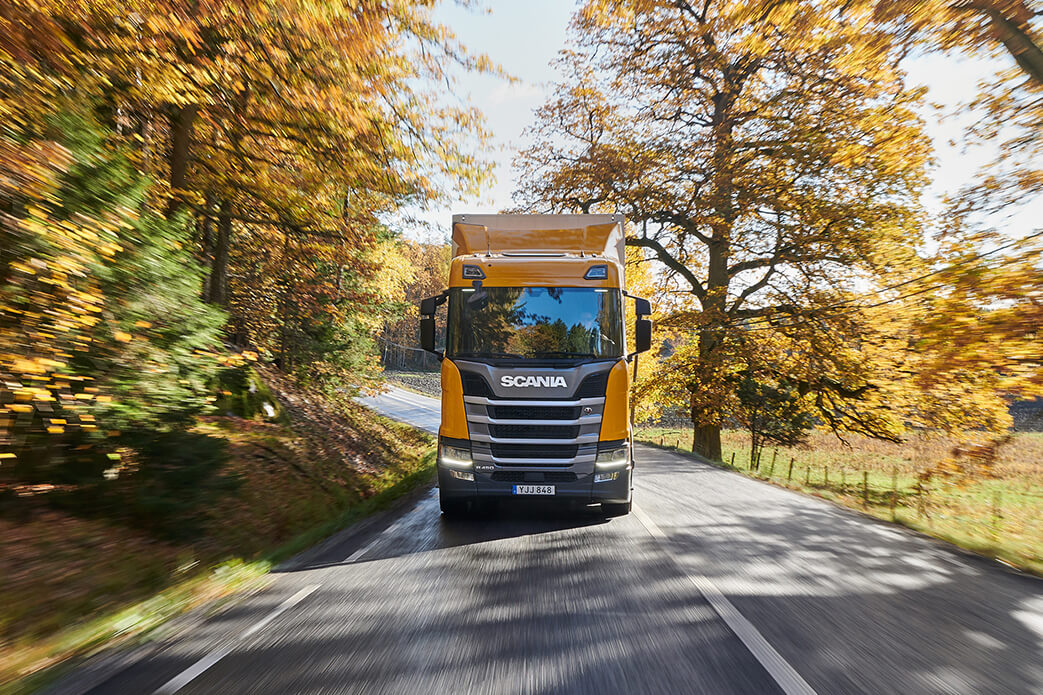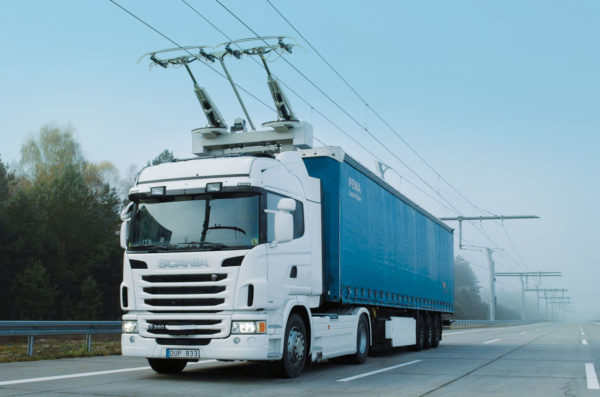Summary
Commercial transport is expanding rapidly around the globe as a result of rise in trade and diversification of value chains. Flexible and dependable commercial transports play an important role in the economic system and a central role for CO2 emissions. Using road transport for freight, in particular trucks, is the most appropriate and effective solution for short and direct routes and thus also widely used. The solution will remain the dominant mode of cargo transportation for several years to come. In Sweden, close to one fourth of total final energy use derives from domestic transportation, whereof road transportation constitutes 70 percent.
The central question is; how can the commercial transport be fossil-free by 2050 and which renewable alternatives are effective? Although trucks stand for around 5 percent of vehicle stocks globally, they represent 20 percent of road transport fuels, a third of global diesel demand.
This report describes the current and near future situation of renewable commercial transport alternatives available within the Swedish transportation system. The report covers the current and future production level, fuel (or energy) providers, infrastructure availability, vehicle supply, pricing compared to fossil alternatives, important regulatory frameworks and additional values. The renewable alternatives that are viable within the Swedish context are:
- Biogas
- Biodiesel/renewable diesel (FAME/RME and HVO)
- Bioethanol (ED95)
- Electrification (including hydrogen fuel cells and e-highways)
The report shows that reducing future and current reliability on fossil fuel is a somewhat challenging, but highly possible task. The regulatory environment, withdrawal of state support, plays a significant role for the incentives. In a nutshell, there are six recommendations for commercial transport actors:
- Increase your knowledge about available alternatives
The transport sector is developing rapidly. Keeping updated on current status as well as what lies in the pipeline is key to generate opportunities for action and make well-informed decisions. - Be certain of an uncertain world
Uncertainties are a natural part of a changing climate, economy and political landscape. Accordingly, decisions have to be made outside the comfort zone of certainty. - Put demands on your suppliers
Make use of all indirect possibilities to steer other transport actors towards a sustainable solution. - Cooperate with other actors in the value-chain
Cooperation will increase sustainability and drive more efficient use. Horizontal collaborations and coordinated transport will enable more resource efficient utilization of the transportation system. - Do not wait – solutions are available
There are several renewable fuels today that are viable. There are strong cases in terms of cost, efficiency and GHG-emissions already and in the near future the business case will be even stronger. - Create a fuel-strategy, don’t put all eggs in one basket
Find your business strategy for renewable fuels, establish a baseline and utilize multiple fuels/solutions to minimize your risk and create most opportunities for infrastructure.
Infrastructure availability – aggregated map
The filling station infrastructures for different fossil free alternatives are developing quickly – within a two year timeframe the availability of both LBG/LNG and ED95 will have increased substantially, and the network of filling stations for biodiesel/renewable diesel already has a good coverage. Aggregated information on existing and planned filling stations for ED95, LBG/LNG and HVO/RME can be found in this map[1].


